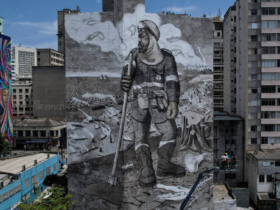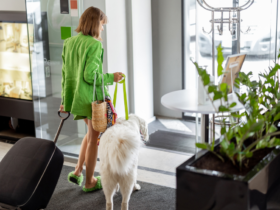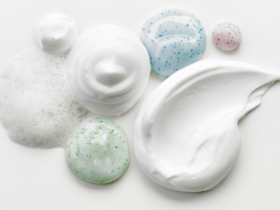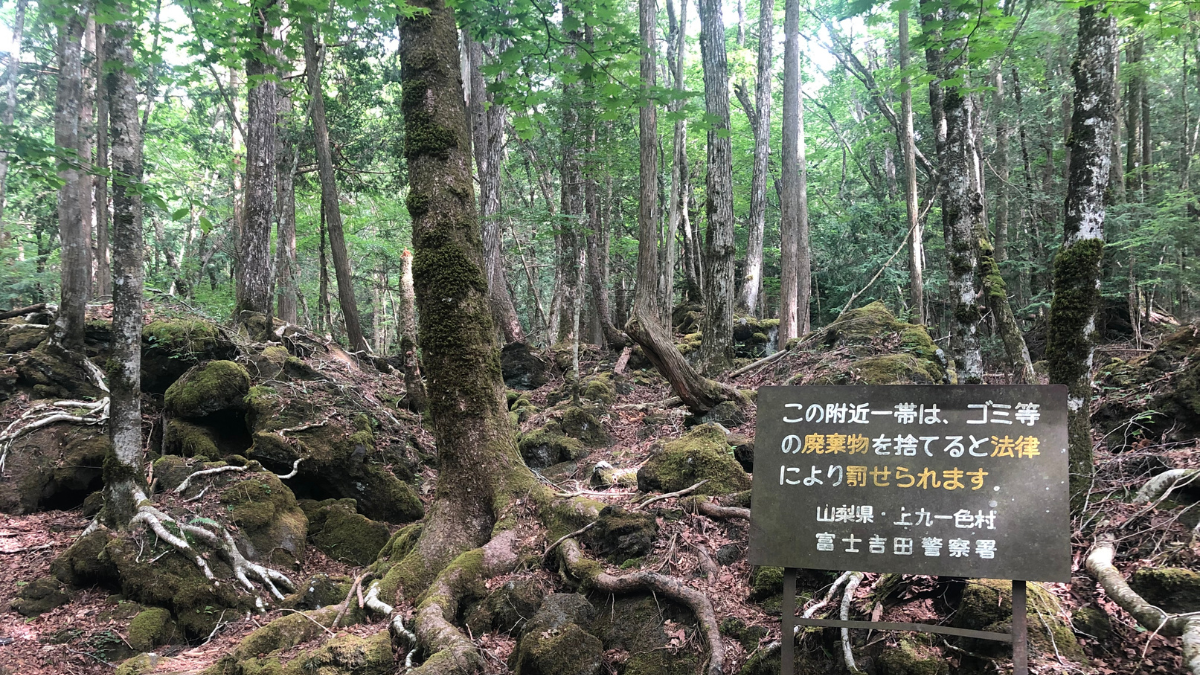Nestled at the foot of Japan’s iconic Mount Fuji, the Aokigahara Forest, popularly known as the ‘Sea of Trees or Japan’s Suicide Forest’, unfolds a tapestry of beauty and mystery. This dense forest is steeped in legend and history, drawing travelers and curiosity seekers from across the globe. Here, we delve into the secrets and allure of Aokigahara Forest.
Natural Beauty and Unique Landscape
Aokigahara is a sprawling 35-square-kilometer forest, boasting a unique topography shaped by the volcanic activity of Mount Fuji. Its dense tree canopy, twisted roots, and the eerie silence, occasionally broken by the chirping of birds, create an almost mystical atmosphere. The forest floor, formed from hardened lava, also has numerous ice caves and wind caves, making it a haven for explorers and nature lovers.
Historical Significance and Folklore
Japanese history and folklore have always been intertwined with nature. Aokigahara Forest is no exception. Old legends tell tales of ‘yūrei’ or ghosts, believed to haunt the woods. Moreover, the forest finds mention in ancient Japanese literature, portraying it as a place of mystery.
Historical Events Associated with Aokigahara Forest
Aokigahara’s deep roots in history are not just limited to folklore and legends; it has also been a silent witness to tangible events that shaped its narrative. While much of its ancient history is intertwined with local lore, the forest has also seen its share of events reflective of the broader Japanese historical context. During periods of famine in ancient Japan, it’s believed that the practice of ‘ubasute’ might have taken place in Aokigahara, where elderly family members were allegedly abandoned in remote areas during times of scarcity. Though whether this took place in the forest is debated, such tales add to its eerie reputation. In more recent history, the forest has become an ecological study zone, with researchers and conservationists working to preserve its unique biodiversity. The blend of its storied past, combined with ongoing modern-day efforts, ensures that Aokigahara remains a significant locale in Japan’s historical and environmental tapestry.
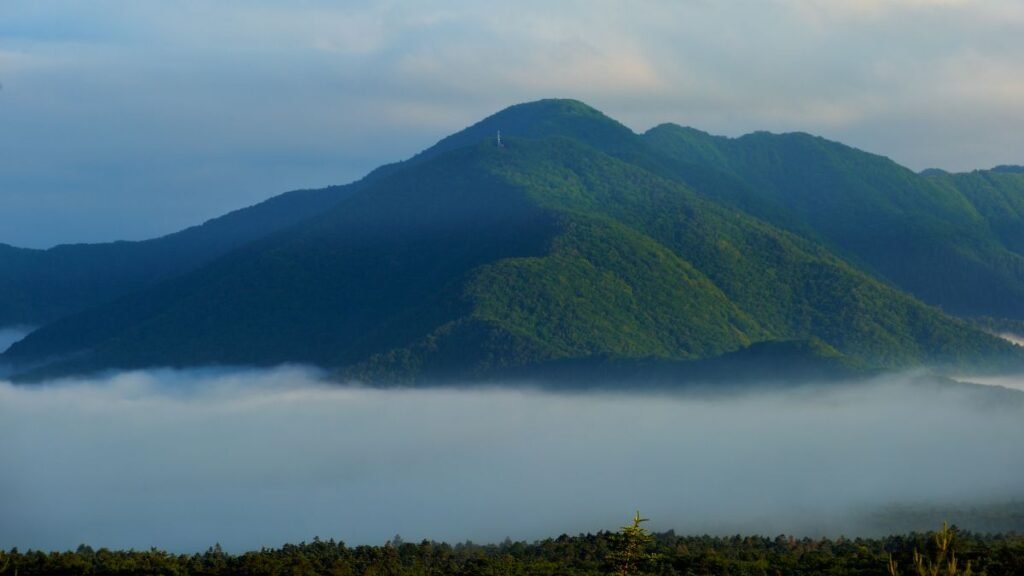
Environmental Significance
Aokigahara’s biodiversity is rich, with a variety of flora and fauna that thrive in the volcanic soil. The forest plays a crucial role in regulating the region’s climate, acting as a carbon sink, and supporting wildlife. Conservationists and researchers often study its unique ecosystem to understand the impacts of volcanic terrains on biodiversity.
Traveler’s Tips
If you’re planning to visit Aokigahara, it’s recommended to stick to the marked trails. Due to its dense foliage and the magnetic anomalies from the volcanic soil, compasses can sometimes malfunction, making it easy to get disoriented. Guided tours are available, offering both historical insights and natural beauty highlights.
Local Perspectives on Aokigahara Forest
For the communities residing near Aokigahara Forest, the ‘Sea of Trees’ is more than just legends and tales—it’s a part of their daily life and cultural fabric. Over the years, these locals have observed the ebb and flow of tourists, many drawn by the forest’s mystique, and others by its natural splendor. While the forest’s reputation has boosted local tourism, it has also brought challenges. Some locals express concern over the sensationalism surrounding the forest, fearing it overshadows the area’s rich history and natural beauty. Many have grown up with stories of ancestral spirits and age-old legends that emphasize respect for nature and the memories it holds. For them, Aokigahara is not just a tourist spot but a living testament to Japan’s intricate relationship with its environment and past. They hope visitors leave with an appreciation that goes beyond the myths, valuing the forest for its deep roots in Japanese culture and its stunning ecological wonders.
The Somber Side of Aokigahara
While the Aokigahara Forest revere its natural beauty and historical significance, it has also garnered a somber reputation over the years. The forest has, unfortunately, become associated as a place where many individuals have chosen to end their lives.
The Origins of the Association
The association of Aokigahara with suicides can be traced back to various sources, including popular media and literature. One notable example is the novel “Nami no Tō” (The Tower of Waves) by Seichō Matsumoto, published in 1961. Additionally, various other publications have further highlighted this darker aspect of the forest.
Efforts to Reduce Incidences
The Japanese government and local authorities have been proactive in addressing this tragic issue. Numerous signs have been erected at the forest’s entrance and throughout, urging visitors to think of their loved ones and seek help. Patrols by volunteers are conducted regularly in an attempt to find and help those who might be contemplating taking their lives. There’s also a concerted effort to promote mental health awareness and provide resources for individuals in crisis.
Approaching the Topic with Sensitivity
While Aokigahara’s association with suicides is a part of its modern narrative, it’s crucial to approach the topic with the utmost sensitivity and respect. The forest’s history and natural beauty extend far beyond this somber aspect, and it remains a site of cultural and ecological significance in Japan.
Visitors are encouraged to see Aokigahara in its entirety: as a symbol of nature’s resilience, a testament to Japan‘s rich history, and as a reminder of the collective responsibility we hold in ensuring mental health and well-being for all.
Conclusion
Aokigahara Forest, with its enigmatic beauty, remains one of Japan’s most intriguing destinations. While its legends and tales add to the forest’s mystery, its natural and environmental significance make it a must-visit for nature enthusiasts. As with any revered site, visitors are urged to approach with respect and mindfulness.
Also read about our post on Mexicos Island of Dolls










